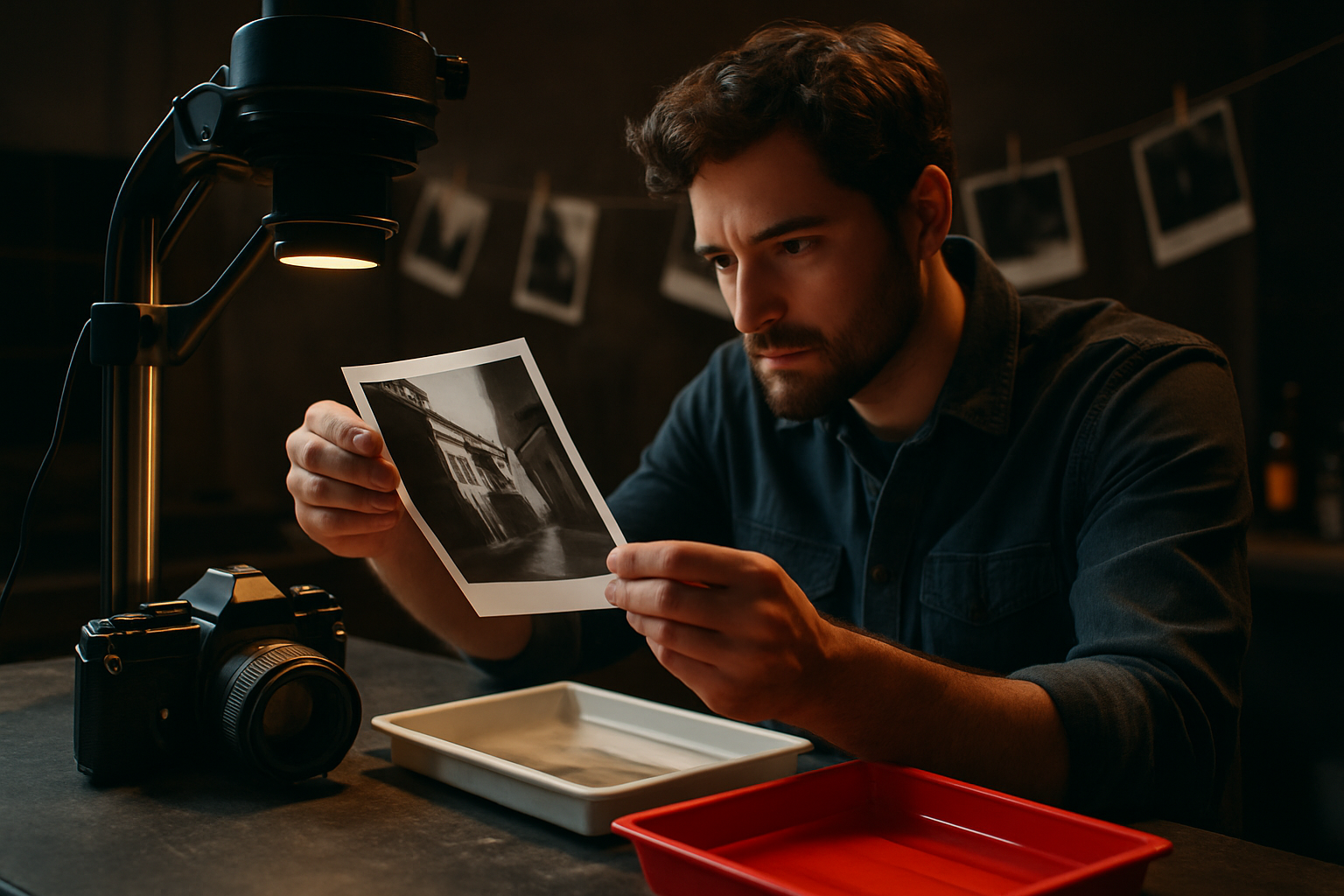The Resurgence of Analog Photography in the Digital Age
In an era dominated by digital technologies, a surprising trend has emerged in the world of photography. Analog photography, once considered obsolete, is experiencing a remarkable revival. This resurgence is not merely a nostalgic nod to the past, but a vibrant movement that's reshaping how we capture and appreciate images. From professional photographers to hobbyists, many are rediscovering the unique charm and artistic potential of film cameras. This article delves into the fascinating world of analog photography's comeback, exploring its causes, implications, and the new generation of artists leading this analog revolution.

The Aesthetic Appeal of Film
One of the primary drivers behind analog photography’s revival is its distinct aesthetic. Film photographs possess a unique quality that many find difficult to replicate digitally. The grain, color rendition, and dynamic range of film create images with a depth and character that many photographers and enthusiasts find alluring. This aesthetic has become increasingly valued in an age where digital perfection is the norm, offering a refreshing alternative that feels more organic and true to life.
The Process as Art
For many practitioners, the appeal of analog photography lies not just in the final image, but in the process itself. The limitations of film - finite exposures, inability to preview shots, and the need for careful metering - force photographers to slow down and be more deliberate in their approach. This mindfulness extends to the darkroom, where the developing and printing processes become integral parts of the artistic journey. Many find this hands-on approach deeply satisfying, providing a counterpoint to the instant gratification of digital photography.
A New Generation of Analog Artists
As analog photography has gained momentum, a new generation of artists has emerged, bringing fresh perspectives to this traditional medium. These photographers are not simply recreating styles of the past, but are pushing the boundaries of what can be achieved with film. They’re experimenting with alternative processes, combining analog and digital techniques, and using film to explore contemporary themes. This innovative approach has breathed new life into analog photography, attracting attention from galleries, publications, and collectors alike.
The Commercial Renaissance
The renewed interest in analog photography has not gone unnoticed by the industry. Film manufacturers who had scaled back production or exited the market entirely are now ramping up operations to meet growing demand. Kodak, Fujifilm, and Ilford have all reported increased sales of film and related products. Meanwhile, a thriving market for vintage cameras has developed, with prices for certain models skyrocketing. This commercial revival has ensured that the necessary tools and materials remain available, supporting the continued growth of the analog movement.
Challenges and Future Prospects
Despite its resurgence, analog photography faces challenges. The environmental impact of chemical processes, the scarcity of certain materials, and the need for specialized knowledge are all potential hurdles. However, innovations in eco-friendly developing methods and efforts to preserve analog skills through workshops and educational programs are addressing these issues. As digital and analog techniques continue to coexist and cross-pollinate, the future of photography looks set to be a rich and diverse landscape, with analog processes playing a vital role in shaping the medium’s evolution.





